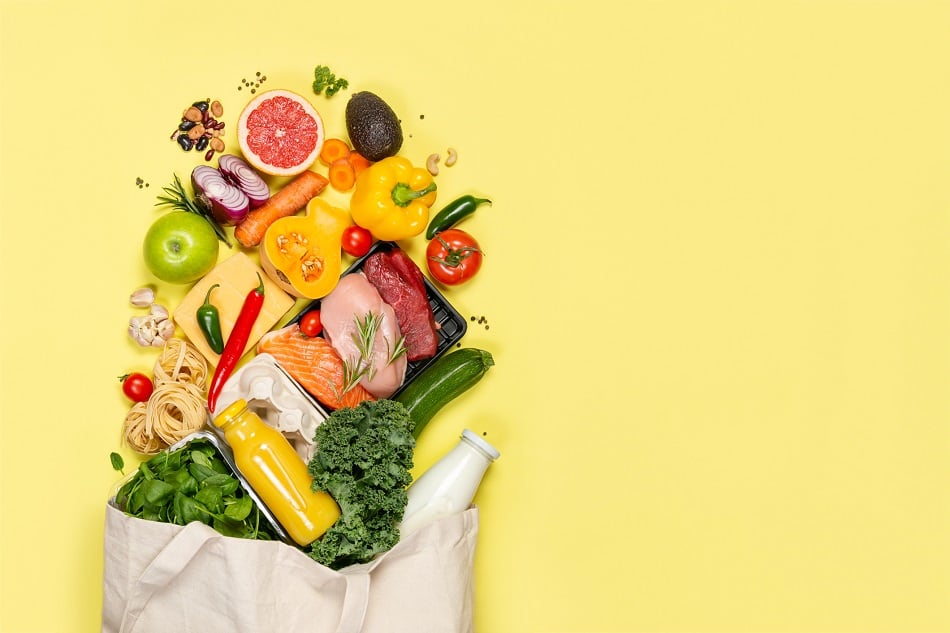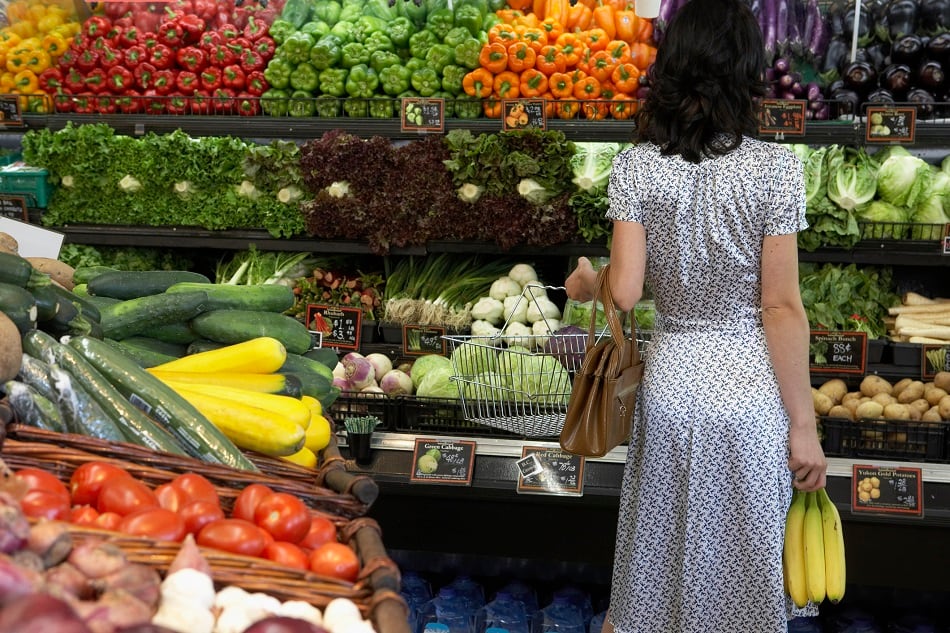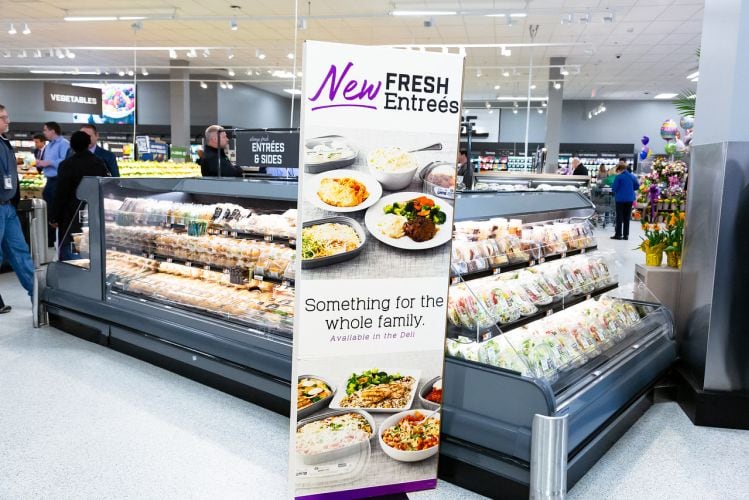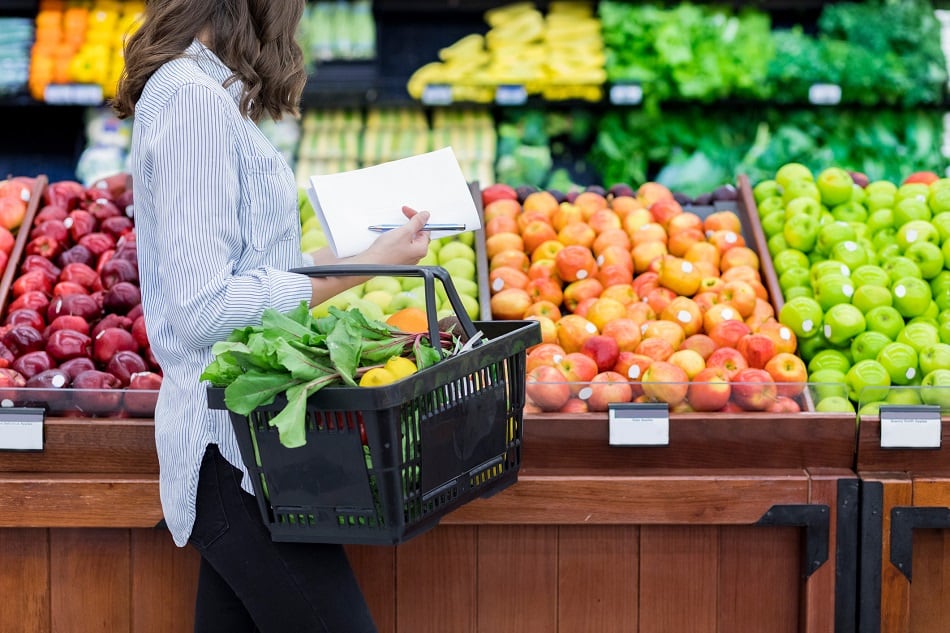Deloitte's Future of Fresh study surveyed 2,000 consumers and 153 fresh food industry executives and found that more than 60% of consumers spend up to 30% of their average monthly grocery budget on fresh food.
Retailers are in turn allocating more space to fresh food categories, said Deloitte, although the space devoted to fresh is underperforming. While sales of fresh food contributed to 49% of total FMCG dollar sales growth, sales growth in the fresh perimeter lags total store sales growth, noted Deloitte.
According to IRI sales data (Oct. 2015 -2018), the fresh perimeter grew 4% in dollar sales (to $178bn), lagging the 4.3% growth in total store sales. Produce was the key driver of growth in fresh food sales, accounting for 60% of sales followed by bakery (19%), deli (15%), and meat (6%).
"Despite the prominence given to fresh foods in stores, growth rates are not living up to their potential," said Deloitte.
"Retailers should better understand and centralize management of the fresh food category to help address the issue from not only the consumer demand side, but also the manufacturing and retail side," said Barb Renner, vice chairman and U.S. consumer products leader at Deloitte.
How Americans shop for fresh foods
In its study, Deloitte put consumers into three groups:
- Forwards (31%): Consumers who are very committed to health and wellness, actively choose health over convenience, place a high value on sustainability and are more willing to pay a premium for fresh foods.
- Followers (47%): Consumers who display interest in healthier options and sustainability and have a willingness and ability to purchase fresh foods but aren't as enthusiastic as Forwards.
- Neutrals (22%): Consumers who show the lowest commitment to health and wellness, prioritizing price and convenience over health.
Over half (58%) of consumers actively consider sustainability aspects such as local sourcing, recyclable packaging, and water neutrality, while purchasing perishables.
"Retailers and manufacturers have ample opportunity to stimulate consumer demand by targeting 'Followers' as well as 'Forwards' and highlighting the value proposition of fresh food through communication on sourcing, safety, and healthy eating," commented Stephen Rogers, executive director, Deloitte Insights Consumer Industry Center.
Winning retail strategy?
Retailers are embracing the fresh food category at varying levels, noted Deloitte, who categorized retailers into four groups: leaders, learners, aspirers, and testers.
"Leaders are achieving higher fresh food sales with smaller teams and greater investment in technology and supporting processes," said Deloitte.
According to the study, leaders are more than three times as likely to have a centralized staff for fresh foods (20%) than learners (6%) and tend to have smaller teams, with 71% having fewer than 20 people managing their fresh foods categories. Leaders also tend to have a slower growth in fresh food staff with only a 27% annual increase compared to 53% for learners. Leaders also show more caution when growing their budgets, with a 57% annual increase compared to 79% for learners.
Top challenges for retailers when it comes to managing their fresh food departments included spoilage (32%), product pricing (16%), shelf life (15%), and storage (24%).
Technology adoption
In addition, implementation of more advanced technologies to monitor fresh food stocks is relatively low, said Deloitte, noting that only 9% are using big data and analytics to identify actionable insights and trends, 4% are using blockchain to track the movement of fresh foods throughout the supply chain, and 3% are using in-store technologies that allow consumers to access additional product information using their smartphones.
"As companies create additional demand, they should look to implement technologies and analytics that help to deliver on the fresh promise and improve their costs," added Rogers.
While many retailers may be in their nascent stages of implementing advanced technologies, retailer adoption of artificial intelligence-based warehouse management systems is rather strong: 33% of retailers have started to use artificial intelligence-based warehouse management, 26% have partially implemented the technology, and 12% have fully implemented AI-based warehouse management, according to Deloitte.




